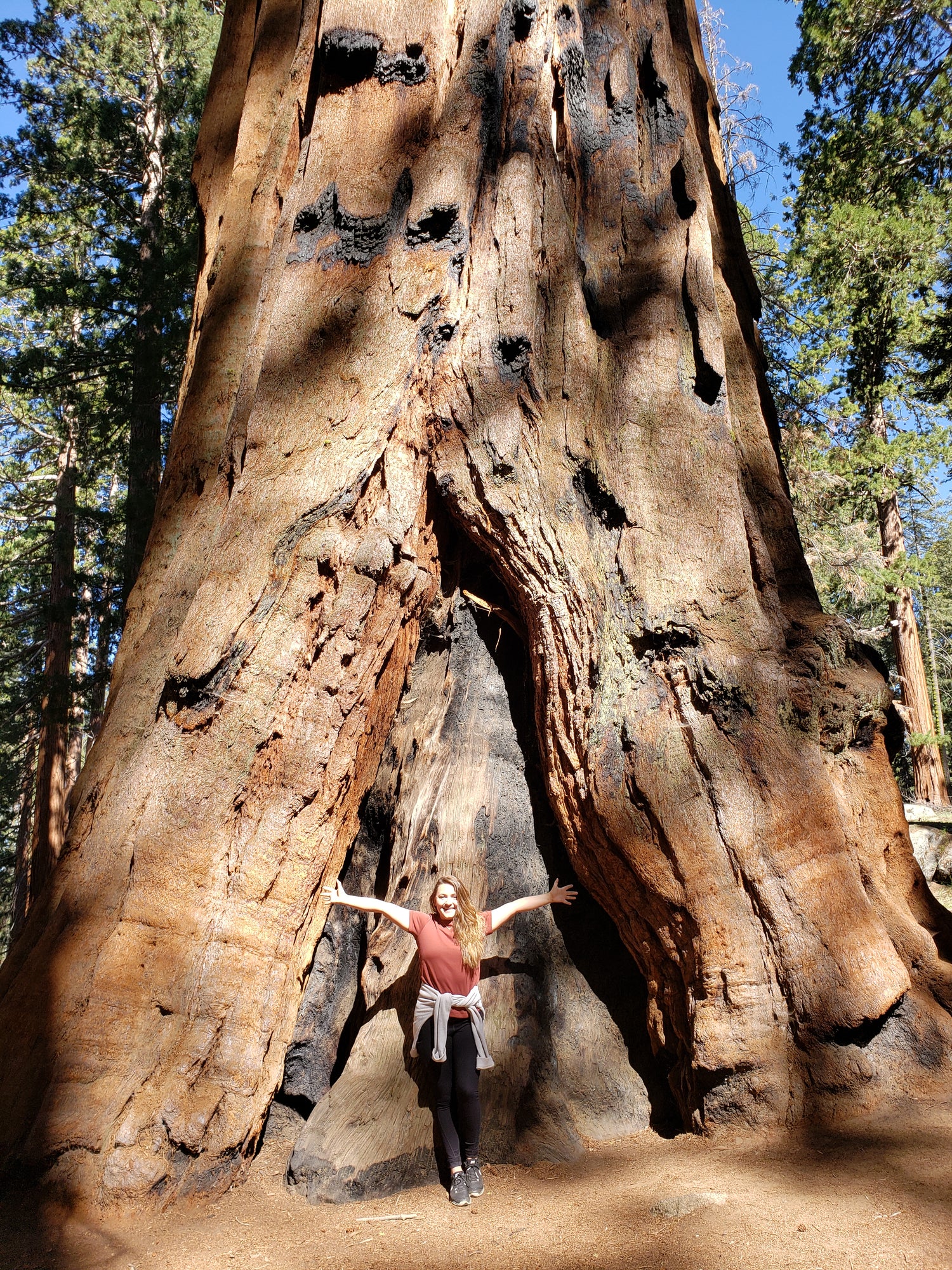Bugs as Artistic Muse: How Insects Inspire Creativity
In the echoing galleries of life's grandeur, art finds inspiration in the most surprising places. A symphony in a raindrop, a masterpiece in the marbling of a canyon, a ballad in the rustling of leaves. But, let's step away from these broad vistas, and journey closer, into a world often overlooked. Into the teeming, vibrant, intricate realm of insects. This is a story of Bugs as Artistic Muse: How Insects Inspire Creativity.
The quietude of the natural world often hides its intense flurry of life, and none more so than in the vast insect kingdom. Insects—whether they fly, crawl, or weave their way through life—are delicate, complex beings that inspire awe, fascination, and curiosity. For the artist, this is where creativity is born.
Imagine, if you will, a beetle. Now, you might instinctively recoil, thinking only of its tiny legs skittering across your path, its shell, glossy and hard. But gaze a little closer. Notice the rainbow sheen of its carapace, the symphony of colors dancing on the surface. Marvel at the precision of its limbs, each an engineer's dream, the miraculous harmony of form and function.
That beetle, that tiny creature, holds a universe of artistic inspiration. Through the eyes of an artist, it is no longer just a beetle. It is a symphony of color and pattern, a marvel of engineering, an encapsulation of nature's profound complexity.
And it is not just the beetle. Consider the iridescent shimmer of a butterfly's wing, each scale a microscopic mirror reflecting the world in miniature. Picture the lacy, labyrinthine patterns of a dragonfly's wings, the gossamer threads of a spider's silken web catching the morning dew. These miracles of the natural world are more than just inhabitants of our planet—they are a source of endless inspiration, a call to explore, to create, to marvel.
How, then, do these tiny muses inspire our creativity? They force us to see the world anew, from a different perspective. In their alien beauty, they challenge us to break down the barriers of the conventional, to step outside our comfort zones and explore unfamiliar territories of the imagination.
In the dappled glow of the artist's studio, a watercolorist daubs a gentle brush against a palette. The delicate bristles, steeped in the hues of dawn or dusk, trace the intricate lines of a butterfly's wing. The artist's hand moves with the rhythm of nature, translating the complexity of the insect world into strokes of color on a canvas.
But the influence of these tiny muses extends beyond the canvas. Insects teach us to be fearless in our creative endeavors. Like a spider fearlessly weaving its web or a beetle resolutely navigating its path, they remind us to persist in the face of adversity, to continue creating, to let our imaginations soar.
Their diversity, their adaptability, their sheer resilience—all these qualities seep into the creative process, reminding us that true art is born of both beauty and struggle, of both joy and perseverance. They help us remember that even the smallest, seemingly insignificant parts of our world can hold immense beauty if we just take the time to really see them.
Insects may be small, but their influence on our creative processes is profound. They are a testament to the world's natural diversity and a testament to the unending potential of the artist's imagination. So, the next time you glimpse a beetle scurrying by or a butterfly gracing the air with its colorful wings, pause. Marvel at these tiny works of living art and consider their quiet, humble teachings.
Drawing from this well of inspiration, the artist can channel the raw energy of nature, interpreting and recreating it in expressive and imaginative ways. In a world often dominated by the human perspective, insects provide a window into an alternative view of life, one teeming with diverse forms, colors, textures, and patterns. Each brushstroke that depicts an insect, in all its fascinating detail, is a nod to the artist's observation and deep appreciation of this world.
A watercolor artist paints not just what is seen, but also what is felt. The fragility of a butterfly's wing, the strength in a beetle's armor-like exoskeleton, the serenity in the steady hum of a bee—each offers a different sentiment, a different tale to be told. And each is an invitation to reflect on our own existence, on the delicate balance of life, and on the myriad forms beauty can take.
By bringing bugs to life on paper, the artist also opens a dialogue between humans and the natural world. Through insect art, we gain a deeper appreciation for these creatures, often feared or misunderstood. We see their significance, their essential role in our ecosystems, their quiet resilience. They become symbols of nature's intricate design and the interconnectedness of all life forms.
In their transformation from living creatures to artistic muses, insects serve as a bridge between human expression and the wild rhythms of nature. Every print, every stroke of the brush that brings a bug to life is a tribute to their silent song—a song of color, pattern, resilience, and diversity.
To understand insects as artistic muses is to appreciate their contribution to the creative process. It is to understand that inspiration can come from unexpected places, and that even the smallest of creatures can leave a big impression on our creative hearts.
So, let's celebrate these humble muses, their intricate beauty, their natural grace. Let's let our brushes dance with the rhythms of their world, creating art that pays tribute to their silent symphony, art that serves as a reminder of the endless inspiration that nature provides.
In the end, the artist and the insect, each in their own way, become storytellers, each narrating the awe-inspiring saga of life in their unique language. And it is in this harmonious exchange that creativity truly blossoms.


